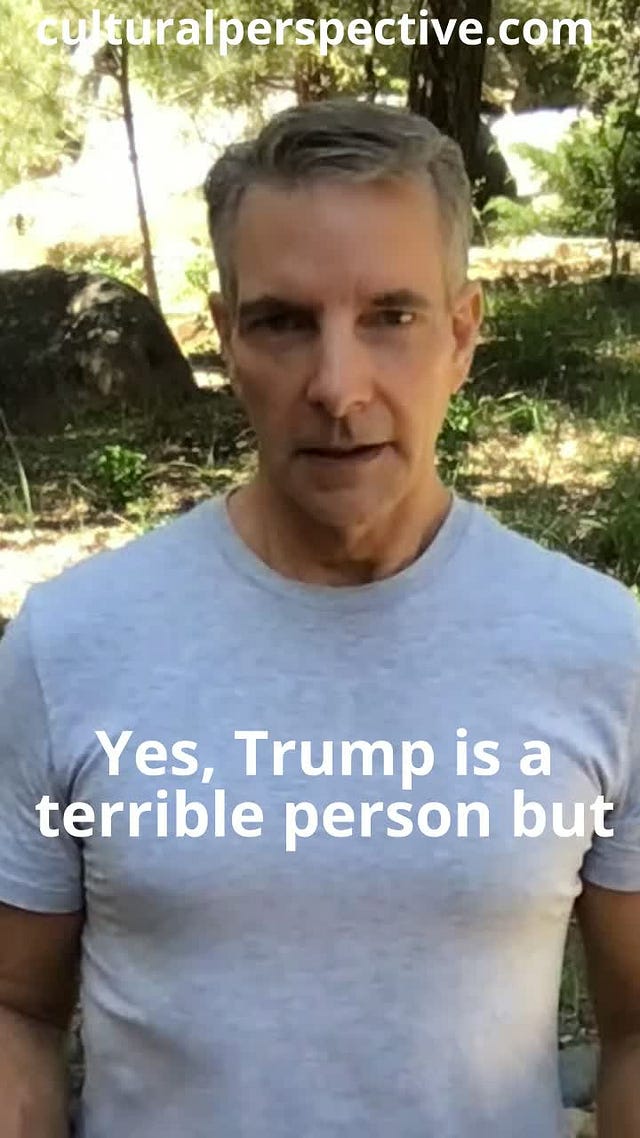Daily Brief: Bridge Builders Rise While Others Burn Bridges
A cultural analysis of how quiet coordination is overtaking loud confrontation on the global stage.

In today’s email:
The global patterns shaping diplomacy and recovery: Why coalition-builders are quietly leading in an era of disruption.
Understanding people—not judging them: The Bridge Builder archetype reminds us that coordination, flexibility, and mutual understanding triumph over isolation and force.
Hope: The international leadership model, grounded in connection, shared responsibility, and strategic peace, is returning.
More Cultural Perspective on TikTok
The positive side of Trump and Musk
How a poor America will benefit the environment
The world is moving on with new partnerships
The Cultural Archetype: The Bridge Builder
Here’s what everyone misses—this isn’t just about moving on from America and Trump or trade deals. It’s about the rise of post-World War Two leadership: the Bridge Builder.
In Hornby’s framework, the Bridge Builder is the versatile mediator. Someone who brings together diverse voices maintains stability and builds relationships across divides. This archetype isn’t driven by ego or control but by the belief that cooperation solves conflict.
In today’s fractured world, this quiet coordination keeps chaos from spiraling.
Book Recommendation for the Week
Continuing with Mining the Psyche by M. J. Horby, we are looking at the Bridge Builder or Middleman archetype.
The Bridge Builder (Middleman)
Integrator, generalist, peacekeeper
Mediates between other types
Sees multiple sides, blends ideas into action
Example: Diplomat, project manager
Shadow side: Lacks strong identity, overwhelmed by conflict
Note: Mining the Psyche is available for free through Kindle Unlimited.
The News
London Summit on Ukraine: A Coalition for Peace
At a historic summit in London, a broad coalition of nations outlined a postwar security plan for Ukraine. The four-point framework is less about punishment and more about future cooperation—exactly the kind of strategic stability that the Bridge Builder archetype exemplifies.
This is leadership through unity, not dominance.
EU Pauses Retaliation to Reopen Dialogue
Despite the severe economic impact of Trump’s tariffs, the European Union announced a suspension of counter-tariffs to re-engage U.S. negotiators. Critics call this a weak strategy, but it’s a bridge-builder strategy—offering calm instead of conflict to protect the broader system.
They’re playing the long game.
India Seeks Trade Deal Amid Turbulence
India is fast-tracking trade talks with the U.S., positioning itself as a diplomatic bridge between fractured global markets. Rather than retaliate, it’s reaching out—using this moment not to isolate but to connect.
Why This Matters
In a world bracing for recession and rising nationalism, a different kind of power is gaining influence not through force but through coordination.
Bridge Builder nations are choosing stability over spectacle. They’re building alliances, keeping communication open, and resisting the urge to dominate. It’s slower, quieter—but far more sustainable.
And it works.
Understanding people—not judging them: Some individuals and cultures value action, force, and independence. Others prioritize relationships, harmony, and collective stability. Bridge Builder leadership isn’t better or worse—it simply reflects a different cultural view: solutions arise not from pushing harder but from listening better.
And here’s where hope lives:
While headlines scream crisis, today’s most important moves are behind the scenes—where leaders build bridges instead of barriers.
The EU didn’t retaliate—it invited dialogue. India didn’t choose a side—it chose connection. The London summit didn’t escalate—it outlined a shared vision.
This is the power of the Bridge Builder. And in this age of disruption, it's the clearest path toward peace.
If you see yourself in this archetype—calm in crisis, collaborative in conflict—then you already know the truth: Unity is strength.




